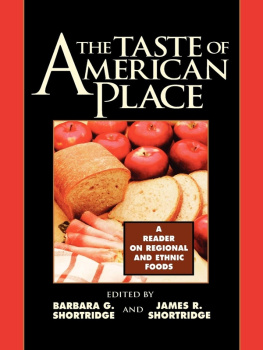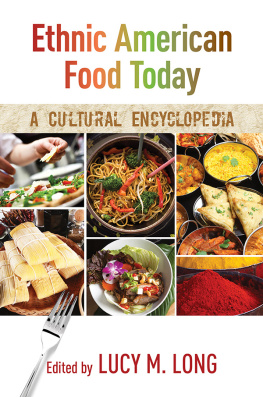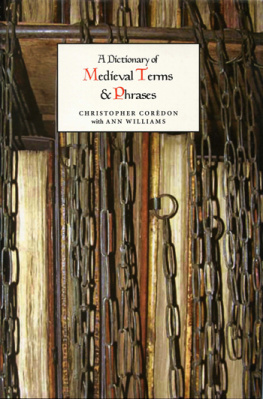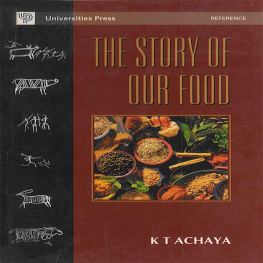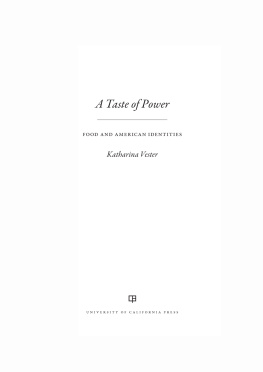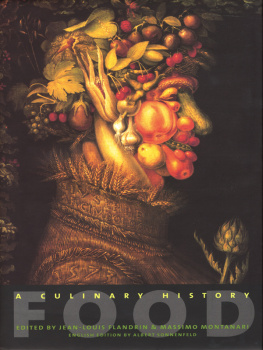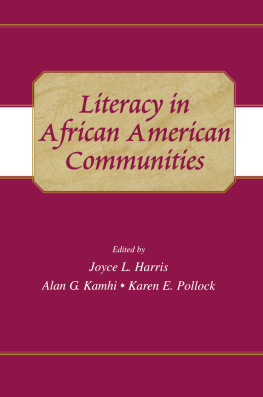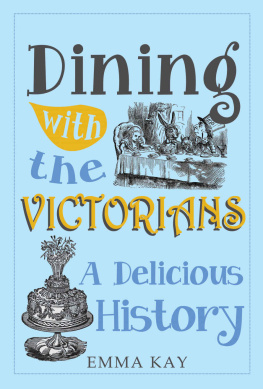
AMERICAN POPULAR HISTORY AND CULTURE
edited by
JEROME NADELHAFT
UNIVERSITY OF MAINE
A ROUTLEDGE SERIES
OTHER BOOKS IN THIS SERIES:
GYNECOLOGY AND TEXTUALITY
Popular Representations of Reproductive Technology
Chlo Diepenbrock
EARLY WOMEN DRAMATISTS
17751860
Zoe Detsi-Diama
THE LYRICS OF CIVILITY
Kenneth G. Bielen
WRITING THE PUBLIC IN CYBERSPACE
Redefining Inclusion on the Net
Ann Travers
HOLLYWOODS FRONTIER CAPTIVES
Cultural Anxiety and the Captivity Plot in American Film
Barbara A. Mortimer
PUBLIC LIVES, PRIVATE VIRTUES
Images of American Revolutionary War Heroes, 17821832
Christopher Harris
TALES OF LIBERATION, STRATEGIES OF CONTAINMENT
Divorce and the Representation of Womanhood in American Fiction, 18801920
Debra Ann MacComb
READING COMICS
Language, Culture, and the Concept of the Superhero in Comic Books
Mila Bongco
THE CLUBWOMENS DAUGHTERS
Collectivist Impulses in Progressive-Era Girls Fiction
Gwen Athene Tarbox
THE FACTORY GIRL AND THE SEAMSTRESS
Imagining Gender and Class in Nineteenth Century American Fiction
Amal Amireh
WRITING JAZZ
Race, Nationalism, and Modern Culture in the 1920s
Nicholas M. Evans
AUTOMOBILITY
Social Changes in the American South, 19091939
Corey T. Lesseig
ACTORS AND ACTIVISTS
Politics, Performance, and Exchange Among Social Worlds
David A. Schlossman
STUDIES IN THE LAND
The Northeast Corner
David C. Smith
FIRST DO NO HARM
Empathy and the Writing of Medical Journal Articles
Mary E. Knatterud
PIETY AND POWER
Gender and Religious Culture in the American Colonies, 16301700
Leslie Lindenauer
RACE-ING MASCULINITY
Identity in Contemporary U.S. Mens Writing
John Christopher Cunningham
CRIME AND THE NATION
Prison Reform and Popular Fiction in Philadelphia, 17861800
Peter Okun
Food in Film
A Culinary Performance of Communication
Jane F. Ferry
First published 2003 by Routledge
Published 2014 by Routledge
2 Park Square, Milton Park, Abingdon, Oxon Ox14 4RN
711 Third Avenue, New York, NY, 10017, USA
Routledge is an imprint of the Taylor & Francis Group, an informa business
Copyright 2003 by Taylor & Francis Books, Inc.
All rights reserved. No part of this book may be reprinted or reproduced or utilized in any form or by any electronic, mechanical, or other means, now known or hereafter invented, including photocopying and recording, or in any information storage or retrieval system, without written permission from the publishers.
Library of Congress Cataloging-in-Publication Data
Ferry, Jane, 1941
Food in Film : a culinary performance of communication / Jane F. Ferry.
p. cm. -- (American popular history & culture)
Includes bibliographical references and index.
1. Food in motion pictures. I. Title. II. American popular history and culture (Routledge (Firm))
PN1995.9.F65F47 2003
79.43655--dc21
2003046530
ISBN 13: 978-0-415-94583-7 (hbk)
For all who feed my soul
Contents
How do food and eating in American films symbolize and embody power and resistance in American culture?
Food scenes, a regular staple of popular films, are more than meets the tongue and function more significantly than to just nurture the body and satiate the appetite. Although depicted as a seemingly natural function, food scenes in film not only signify social class, identity, and nationality, but also provide insight into the complex ways in which food and eating are entangled with other aspects of social/cultural development. A close observation of food scenes within the narrative framework of film reveals its powerful, coded, cultural meanings that structure the arrangements of social life.
This book explores both the material and symbolic representations of food and eating in selected films to demonstrate foods role in constructing meaning and in altering the complex nature of the social relations. Using an interdisciplinary approach combining film, semiotics, social-anthropology, and history, this book demonstrates foods significance in creating patterns of interdependence, which bind people together within their different cultural/historical groups.
It explores how eating scenes articulate conflict or cooperation, inform an individuals or groups place in society, and express personal identity. By underscoring the culinary images, this study shows how film provides clues as to the power and meaning that food imposes both externally (social, economic, political environment) and internally (intrapersonal environment of an individual and interpersonal environment within a social group).
I have chosen film for two reasons. One, it is a powerful vehicle of communication both to the American population and to foreign audiences. To illustrate, seventy percent of the film receipts abroad are for American films. This positions film as a strong communicator of our national culture abroad. Second, films narratives and images are a legitimate means of observing the changing structures of social interdependence and shifts in cultural identity.
Cinematic images allow us to peer through the fracture of language into the psyche of people and observe the dynamics of their social interactions. These images provide clues as to how people make sense of their lives within the ongoing developmental transitions.
Research reveals minimal scholarly discussions that deal exclusively with food as an essential film element. There are a few general essays, however, that focus on the importance of food and the significant role food plays in our understanding of the world it represents both on screen and in life.
Parley Ann Boswells article introduces a strategy for reading American film with a focus on eating and dining. Boswell suggests that Hollywood utilizes food in subtle and not so subtle ways to inform us that Americans are forever uncomfortably hungry amidst an abundance of food. Examining scenes from Ordinary People (1980), Boswell draws attention to the significance of food-related scenes in understanding the escalating tensions within the family structure, but she does not bring out the conviviality that takes place in restaurants outside the home.
In The War of the Roses (1988), the prevalence and significance of food and eating position food as vital to the plot. As the main characters catering business flourishes, food takes on the meaning of power and success, and meals within the home become the battleground where war is waged.
Boswells broad overview of these two films and others like them: (Bonnie and Clyde (1967), Kramer vs. Kramer (1989), To Kill a Mockingbird (1962), and Saturday Night Fever (1977) brings to light that many Hollywood dining scenes reveal a healthy American family that is anything but healthy. These films, for Boswell, represent America as a land of plenty but inhabited with a psychologically hungry population.


